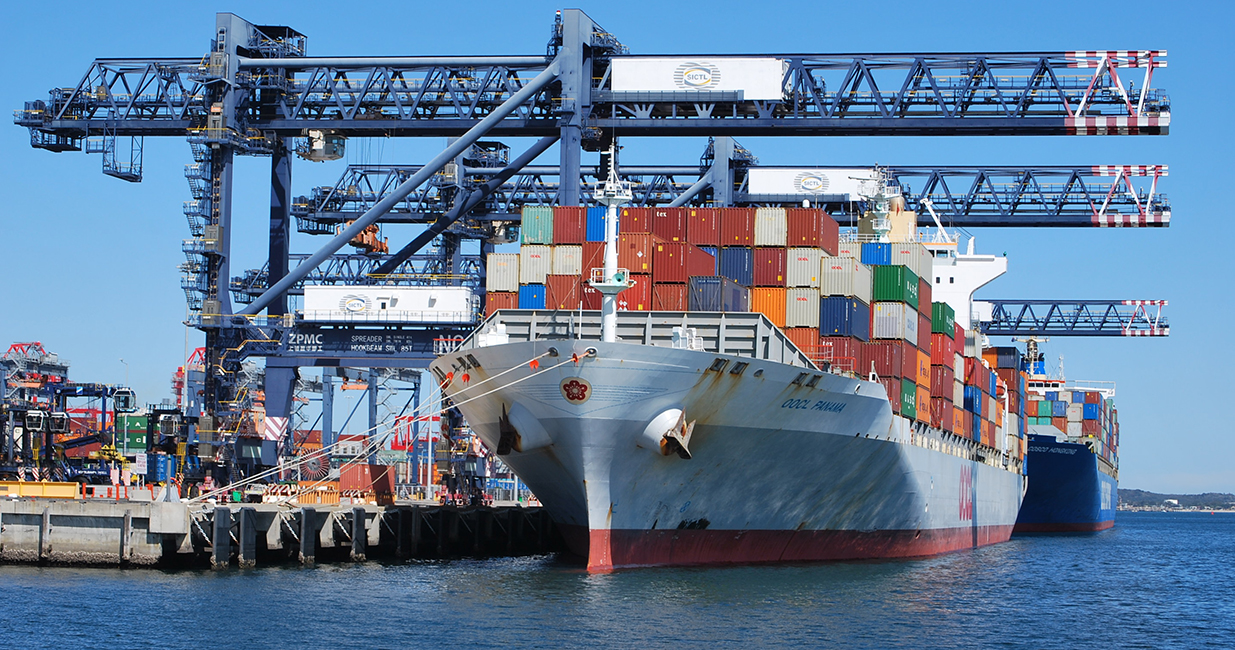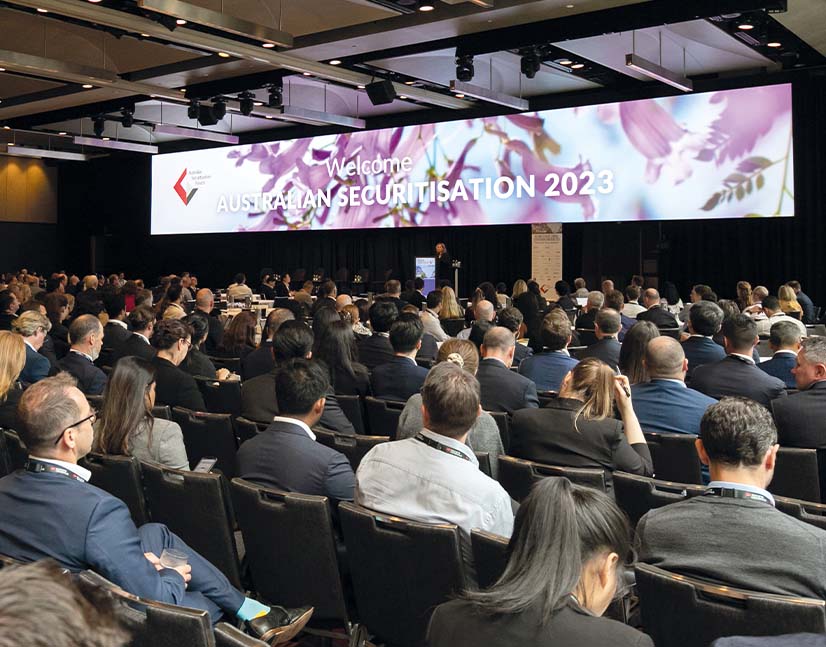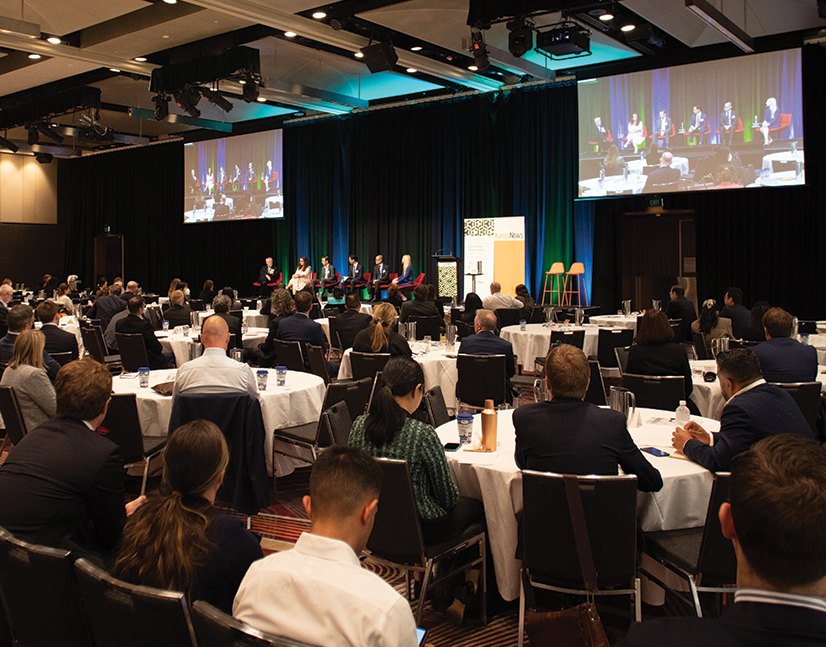
Interim infrastructure emissions targets just the start for IFM
IFM Investors has set 2030 targets for emissions-reduction in its largest investment sector – infrastructure – as part of the asset manager’s drive to achieve net zero across its funds by 2050. IFM expects to disclose similar interim plans for the equity, private-equity and debt asset classes in the coming months.
As a waypoint on the road to net zero, IFM is now targeting a 1.2 million tonne reduction in scope-one and scope-two CO2 emissions in its infrastructure investments by 2030, based on a 2019 baseline. This represents a 40 per cent reduction in emissions across the existing portfolio. IFM is also introducing five further changes to to help it achieve the ultimate goal (see table).
David Neal, IFM’s Melbourne-based chief executive, says it has become clear investment managers need to track their progress to long-term net-zero commitments. “The science is very clear that the next decade is the most important one on the journey to 2050,” he explains. “We have enhanced our investment processes across the board to ensure our new acquisitions are considered in the context of climate transition and physical risks, and that they are aligned with the net-zero by 2050 target.”
IFM is one of the world’s largest infrastructure investors, managing A$74.5 billion (US$55.4 billion) across 33 investments in North America, Australia and Europe. It is exploring multiple ways these assets can make progress in the near term including energy efficiency, smart design, low-emission vehicles and plant electrification.
IFM’s updated infrastructure investment process
| Focus area | Context |
|---|---|
| Interim CO2 target | Scope-one and scope-two emissions reductions target of at least 1.2 million tonnes of CO2e by 2030. |
| Investment process | Enhanced decision making to help ensure new acquisitions are net zero by 2050 aligned and that new acquisitions have considered climate-change transition and physical risks under reference scenarios. |
| Asset-management process | Climate-change transition and physical risks to be assessed on a periodic basis, using reference scenarios. Working closely with infrastructure assets to implement emission-reduction initiatives. |
| Investment decisions | Phasing out thermal coal by 2030. No new investments in assets that derive material revenue from thermal coal. |
| Climate solutions | Seeking to increase amount invested in the significant investment opportunities arising from energy transition. |
| Reporting | Enhanced annual carbon-footprint reporting by including disclosure on progress against IFM’s 2030 emissions reduction target, changes to portfolio-level targets due to acquisitions and divestments, and updates on key emissions-reduction initiatives. |
Source: IFM Investors 6 September 2021
ASSET CHALLENGES
The portfolio is not without challenges, however. IFM is a significant investor in airports including Adelaide, Brisbane, Melbourne and Perth in Australia, and Manchester and Vienna in Europe. Among its other holdings is Buckeye Partners, a US-based owner-operator of integrated assets providing midstream logistic solutions, primarily the transportation, storage, processing and marketing of liquid-petroleum products.
Progress is already being made, however. Manchester Airport already generates a third of its own electricity from renewables and aims to achieve net-zero by 2038 – 12 years ahead of the UK national target. Melbourne Airport recently completed an on-site solar farm that will generate up to 15 per cent of its electricity consumption or enough to power all four of its passenger terminals.
IFM’s plan is to support its infrastructure investments through low-carbon transition. “I wouldn’t say we will never divest assets, just that the strategy we have set up does not rely on divestment – it is about transitioning the assets we have,” explains Kyle Mangini, Melbourne-based head of global infrastructure. “One of the best comments I have heard on this subject is ‘if good owners divest challenging assets, those assets end up with the worst owners’. This isn’t going to get us where we need to go as a wider global solution.”
On the most challenging assets, like Buckeye, Mangini acknowledges “an element of finite life”. But even here he believes there is potential for repurposing and transition. IFM foresees a longer-term role for storage and distribution of biodiesel and various forms of hydrogen fuels especially in the heavy-industrial sector, for instance.
IFM has limited exposure to coal, primarily through its exposure to Polish district-heating provider and cogenerator, Veolia Energia. Although IFM has committed to no new investments in assets that “derive material revenue from thermal coal” it is not planning immediately to divest from the sector. Again, the asset manager insists this is because of its commitment to transition.
“We have not completely excluded thermal coal because it is part of the energy mix in a number of integrated utilities,” Mangini explains. “It is declining, and I think the vast majority of these utilities have plans to phase out coal. Between now and then, to preclude coal completely would exclude us from quite a large part of the wider market.”
SCOPE-THREE EXCLUDED
IFM also elected to focus its interim infrastructure targets on scope-one and scope-two emissions. Scope-three emissions are highly relevant in the infrastructure sector, where many key assets – including air and sea ports – are relatively small emitters in and of themselves but form critical components of high-emitting industries.
Neal says: “Scope-three is critical to us as an investor – it is a huge influence over the transition risk in our portfolios. It is an incredibly important measure for us and is something we need to – and do – think hard about. It is just hard to include within our targets, because we prefer to have specific goals we can commit to achieving ourselves.”
He adds: “We are absolutely focused on scope-one and scope-two for this [infrastructure] target. This is what we committed to when we made our 2050 announcement, because it is what we have control and influence over – it is a target we can commit to and work toward.”
The goal in effect is for IFM to maximise impact in the areas it has direct decision-making influence over as part of a collaborative effort to reduce emissions across the global economy. In this sense, the latest targets are not something IFM is deploying with the goal of deriving competitive advantage but as an effort to show leadership on market best practice.
“This is a time for collaboration and for sharing ideas, not for competition,” Mangini explains. “It is a time for us to work together, collaborating effectively with other investors and with each of the assets across the portfolio to deliver a common goal.”
With this in mind, IFM plans to publish all the initiatives it deploys across its infrastructure portfolio in the hope others adopt those that could be useful to them. Being the owner of multiple assets should provide similar benefits internally. Mangini says: “We are looking at the range of technologies we can bring to bear and, most importantly, how we can bring what we are doing with one asset to bear on others and at what similar assets to the ones we own are doing to bring down their emissions.”
“I wouldn’t say we will never divest assets, just that the strategy we have set up does not rely on divestment – it is about transitioning the assets we have. One of the best comments I have heard on this subject is ‘if good owners divest challenging assets, those assets end up with the worst owners’.”
NEW ASSETS AND ASSET CLASSES
As well as managing the transition of its existing holdings, IFM expects to play a major role in critical measures like the adoption of renewable energy in its future allocations. “The renewable-energy and low-carbon space will be a very, very important part of our strategy,” Neal reveals. “It will not preclude us from being active in other classes, but we will have a very definitive focus on finding opportunities to continue what we have already done in this sector. Measures we have taken to date to build out the pipeline of renewables and self-generation demonstrate the direction we want to go.”
IFM also expects to roll our targets similar to those announced in the infrastructure sector across its other asset classes – equity, private equity and debt – in the coming months. All its investments fall under the 2050 net-zero target and the firm has established working groups to deliver interim targets across the portfolio.
“There is an awful lot of work going on across our other asset classes,” Neal says. “To be clear, we are not waiting to have targets in place before starting to act on emissions within IFM – we have been very active in this endeavour across all our portfolios for several years. The targets are about saying we have done the work to make sure we have come up with something we can commit to.”
Different asset classes have their own challenges, Neal notes – often depending on level of control. A very small equity holding of a listed company may restrict IFM to an engagement strategy – ideally along with many others, Neal suggests. As a credit holder, the asset manager’s level of influence will wax and wane based on transaction flow.

WOMEN IN CAPITAL MARKETS Yearbook 2023
KangaNews's annual yearbook amplifying female voices in the Australian capital market.












